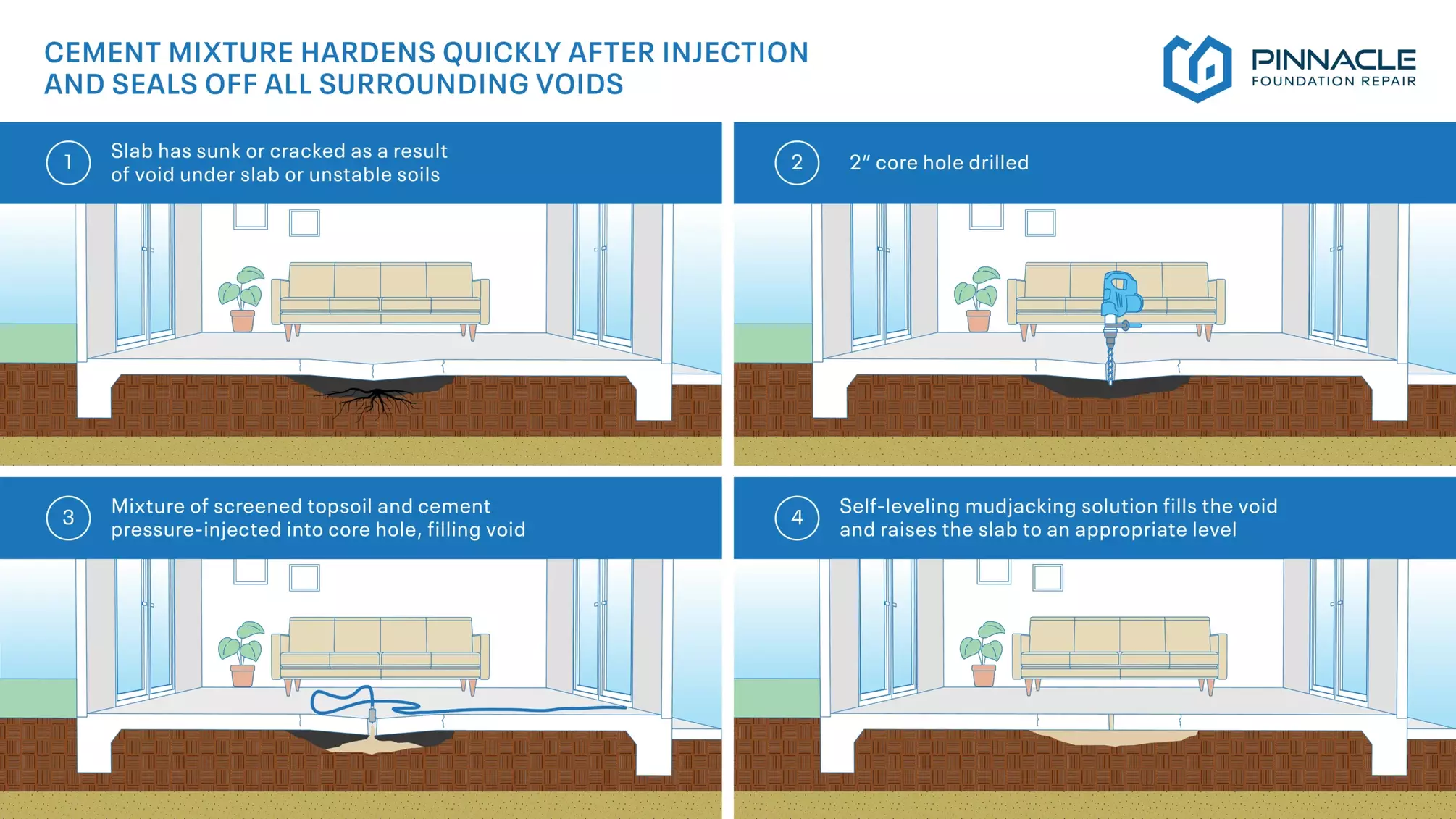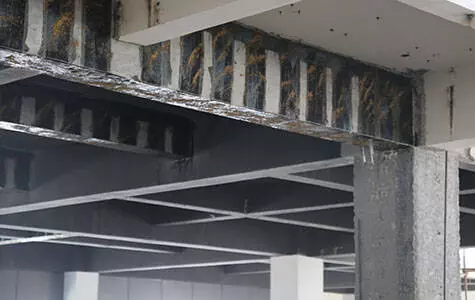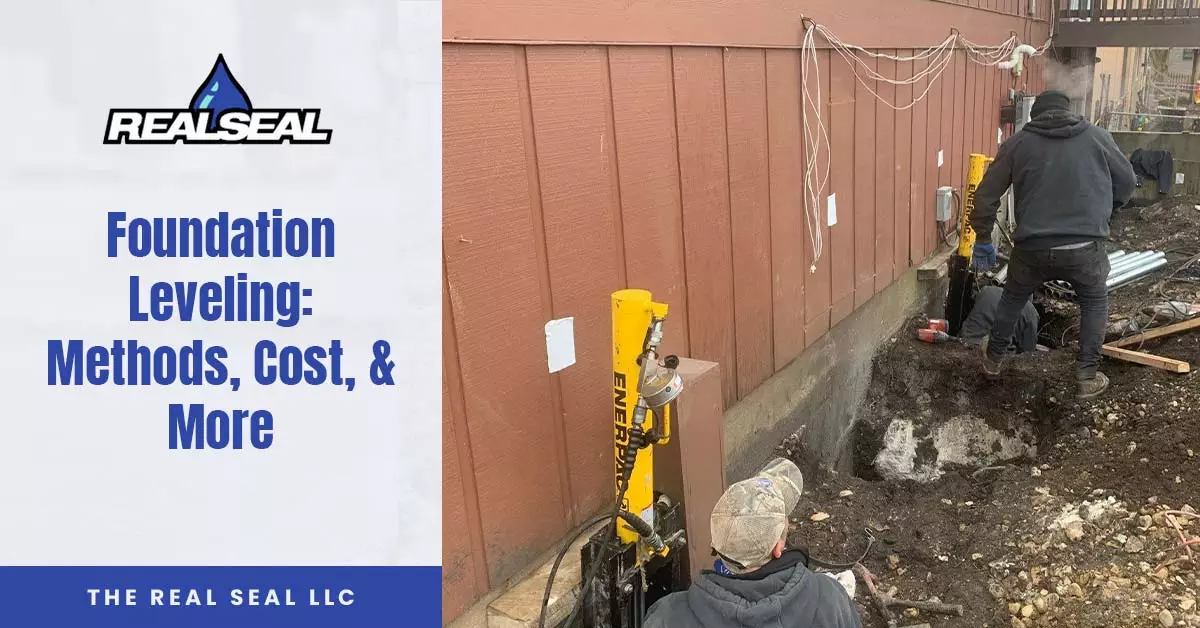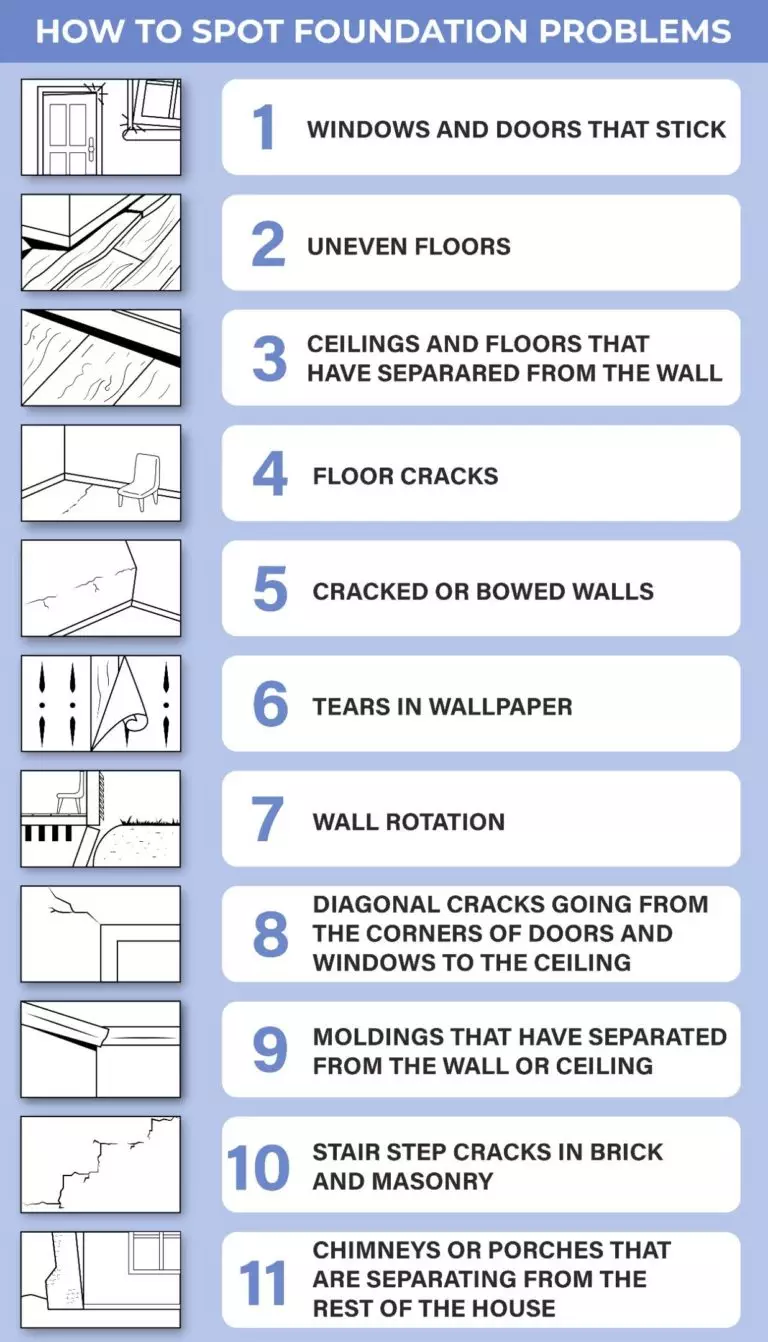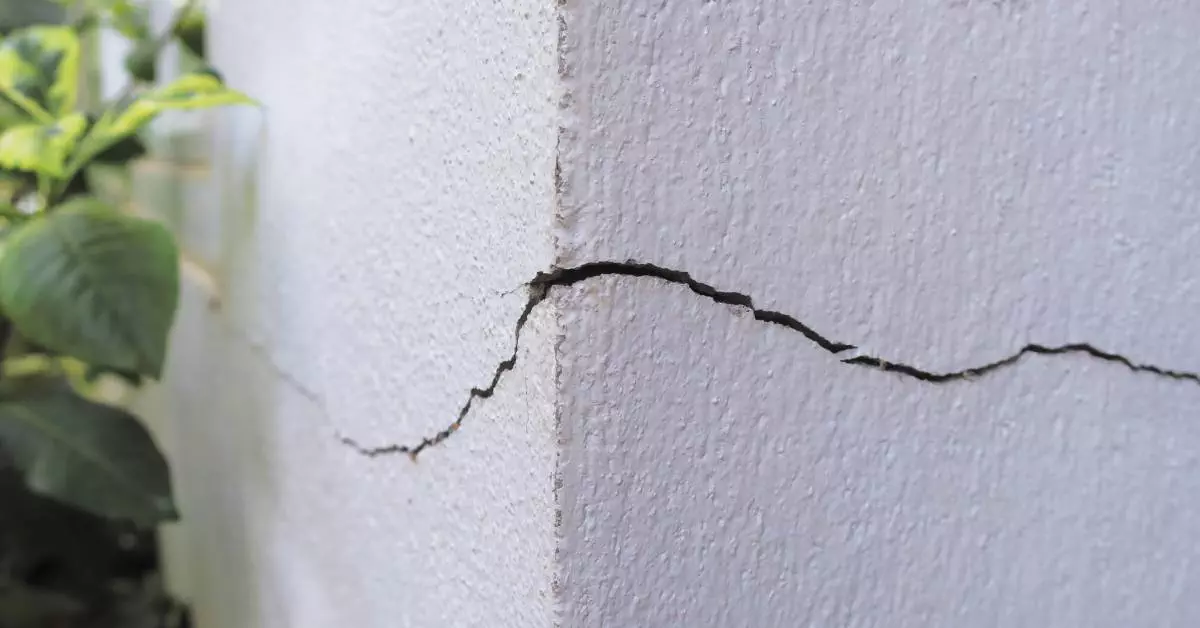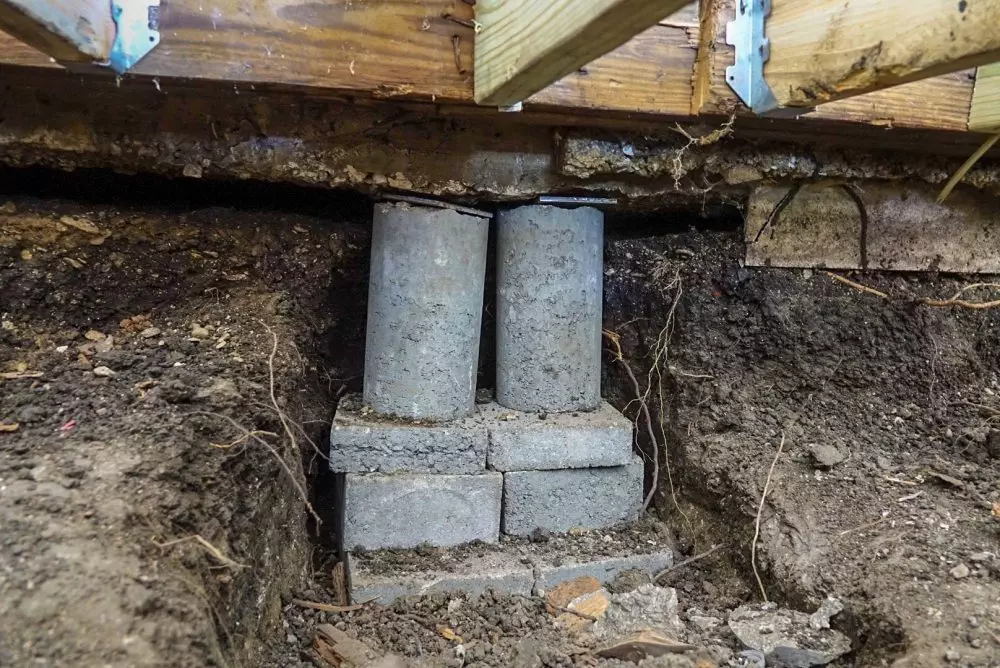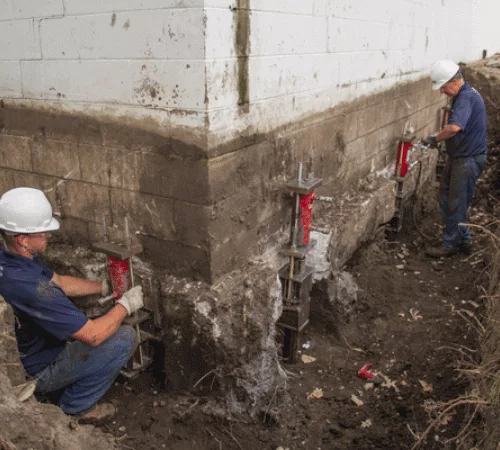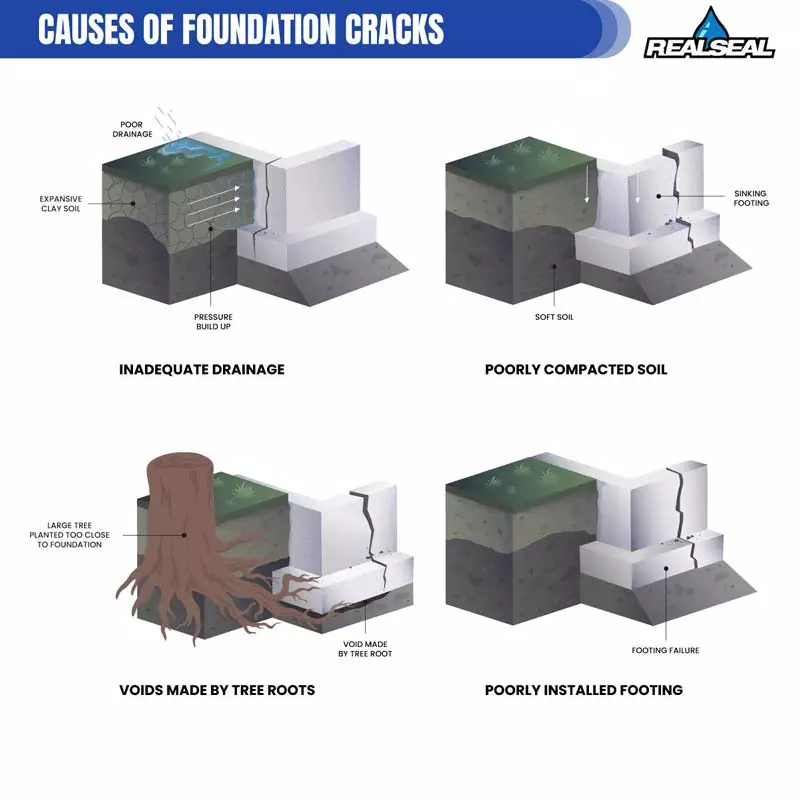
Do You Make These What Causes Foundation Cracks Mistakes?
Have you ever wondered what causes foundation cracks in your home? Many people think that only severe disasters like earthquakes or floods lead to these issues. However, even everyday occurrences like changes in weather or soil movement can affect the structural integrity of your home. You might assume a small crack in your basement is harmless, but it’s often a sign of a bigger problem. Understanding different foundation crack types can save you time and money in the long run.
Recognizing the signs early can prevent foundation problems from worsening. Simple things like rainwater not draining away from your home can lead to moisture damage. Over time, this moisture causes concrete to weaken, creating cracks that might seem minor now but can grow into serious threats. And let’s not forget about foundation settlement, which can shift those floors and even jam your doors. But how do you know what to look for?
Stick around to learn how to spot potential issues and maintain your foundation. You’ll discover what steps to take before those small, innocent-looking cracks become a homeowner’s nightmare.
Within the post
Understanding What Causes Foundation Cracks
Foundation cracks can appear for many different reasons. You might be wondering how to recognize foundation issues and what causes them. Cracks can happen due to soil movement, water damage, or even foundation settlement. Knowing these causes can help you take the right steps to fix them.
Foundation Crack Types
There are many types of foundation cracks you should know about. Some are harmless, while others could mean serious trouble for your home. Let’s start with the most common types:
- Shrinkage cracks: These are small and usually not a threat.
- Horizontal cracks: Often indicate pressure on the foundation walls.
- Vertical cracks: These can be a sign of foundation settlement.
- Stair-step cracks: These match the pattern of a staircase and can appear with soil movement.
- Diagonal cracks: Often caused by uneven settlement or structural threat.
Learning the implications of these cracks can help you understand potential underlying issues. Sometimes a small crack might not seem serious but could mean there are bigger problems lurking.
Soil Movement
Soil movement is a major cause of foundation cracks. When the soil beneath your home moves, it can lead to cracks in the foundation. Here are some signs to watch out for:
- Cracks in the walls or floors.
- Doors or windows that won’t shut properly.
- Uneven floors.
Soil movement might occur due to changing weather patterns. For instance, when it rains, the soil becomes wet and can push against the foundation. In contrast, during dry spells, the soil can shrink and move away from the foundation, causing cracks.
Water Damage to Foundation
Water damage is another common reason for foundation cracks. Water can seep into the foundation through small cracks, causing them to widen over time. Recognizing signs of water damage early can help minimize further harm:
- Water stains on the foundation.
- Musty odors or dampness in your basement.
- Puddles of water forming near the foundation.
To prevent water damage, it’s important to manage water flow around your home. For example, keep gutters clear and direct water away foundation. This can help keep your foundation dry and prevent cracks from forming or worsening.
Foundation Settlement
Foundation settlement happens when the ground beneath your home starts to sink or shift. This can lead to serious cracks and structural issues. Foundation settlement can be caused by several factors, including soil conditions and poor construction practices.
Settlement can lead to a host of problems for your home. You might notice gaps appearing between your walls and floors or doors that don’t quite fit their frames anymore. While some settlement is normal, excessive settlement needs to be addressed promptly to avoid serious structural issues.
Maintaining Structural Integrity
Keeping your foundation intact is essential to maintaining a safe and sound home. It’s always easier and cheaper to deal with small problems before they turn into major repairs. Here are some tips to help you keep your foundation in tip-top shape:
- Regularly inspect your foundation for any signs of damage.
- Address minor issues early before they become significant problems.
- Monitor for new cracks and take action as needed.
By following these steps, you can prevent costly repairs and keep your home safe. Regular checks and maintenance are key to ensuring your foundation remains strong and durable.
Foundation Inspection
A regular foundation inspection is crucial. It helps identify potential issues before they become major problems. During an inspection, keep an eye out for any new or widening cracks, signs of water damage, or soil movement.
When you spot issues before escalating, you have a chance to fix them early. Sometimes, even small repairs can prevent much larger and more expensive problems down the line. Therefore, consider getting professional foundation inspection services to ensure nothing is missed.
Foundation Maintenance Tips
There are simple steps you can take to maintain the health of your foundation. First, make sure water is directed away from the foundation using proper drainage systems.
Implement regular checks, especially after extreme weather events. Keeping an eye on your foundation allows you to address minor issues as soon as they arise. This proactive approach can significantly reduce the risk of future problems and help maintain the structural integrity of your home.
Effective Foundation Repair Methods
Identify Necessary Repairs
It’s essential to know when your foundation needs repairs. Cracks can vary greatly in severity, and understanding which ones need immediate attention can save you from significant headaches later.
Regular foundation inspection methods can help you identify cracks that require repair. Diagonal, horizontal, or stair-step cracks can indicate severe issues and should be addressed without delay. Hairline cracks, on the other hand, are often not severe and may not require immediate attention.
Choosing Repair Methods
Once you’ve identified the need for repairs, it’s time to choose the right repair methods. There are several foundation repair methods available, each suited to different types of damage.
Some common methods include piering, which stabilizes the foundation by placing piers under the foundation, and slabjacking, where a cement mixture is pumped under the slab to lift it. Consulting professionals can help you choose the best method for your specific situation, ensuring it’s done correctly and effectively.
Implementing Repairs Correctly
Ensuring that repairs meet safety standards is crucial. It’s not just about fixing the cracks; it’s about maintaining the foundation’s durability and strength. This means using the right materials and techniques.
Professional repair services can ensure that any foundation cracks are properly addressed. They can implement repairs correctly to maintain the integrity of your home. Proper repair can extend the life of your foundation and ensure that your home remains safe and secure.
Preventing Basement Cracks
Addressing Common Causes
Basement cracks can appear for various reasons. Often, they result from water buildup, soil pressure, or even foundation settlement. To prevent these cracks, address the common causes proactively.
First, ensure that your basement is dry. Waterproofing systems and proper drainage can prevent water from seeping in. Addressing cracks in the basement floor early on can also prevent them from becoming larger problems later.
Waterproofing Strategies
Waterproofing your basement is key to avoiding cracks. There are several strategies you can use to keep your basement dry and protect your foundation walls.
Consider interior and exterior waterproofing methods. Interior methods may include sealants and vapor barriers, while exterior methods might involve installing proper drainage systems. Waterproofing strategies not only protect your basement but also contribute to the longevity of your entire foundation.
Ensuring Longevity
Following best practices for foundation maintenance can significantly help in ensuring the longevity of your home. Regular inspection and implementing preventive measures play a crucial role in this.
By reducing the risk of future issues, you can keep your basement and foundation in excellent condition. Remember, a little prevention today can save a lot of trouble tomorrow. Making these efforts can help maintain your home’s value and safety for years to come.
Wrap-Up
You’ve learned that understanding different types of foundation issues can save you time and money. By recognizing signs like water damage or structural integrity concerns, you can take action before problems worsen. Being aware of these issues empowers you to maintain your home’s value and safety. Remember, early detection and response are your best friends when it comes to keeping your foundation strong and secure.
Now, it’s time for action. Start by scheduling a foundation inspection if you haven’t already. This will give you a clear picture of any current issues. Implement regular maintenance practices, like clearing gutters and ensuring proper drainage around your home. These simple steps help prevent future problems. Make sure to address any small cracks or imperfections immediately to avoid bigger issues down the line.
Stay proactive in safeguarding your home’s foundation. Take steps today to keep your house standing strong. The more you know and do now, the fewer problems you’ll face later. Reach out for help if you need it. Start with these steps, and you’ll ensure a safe and secure home for years to come.
